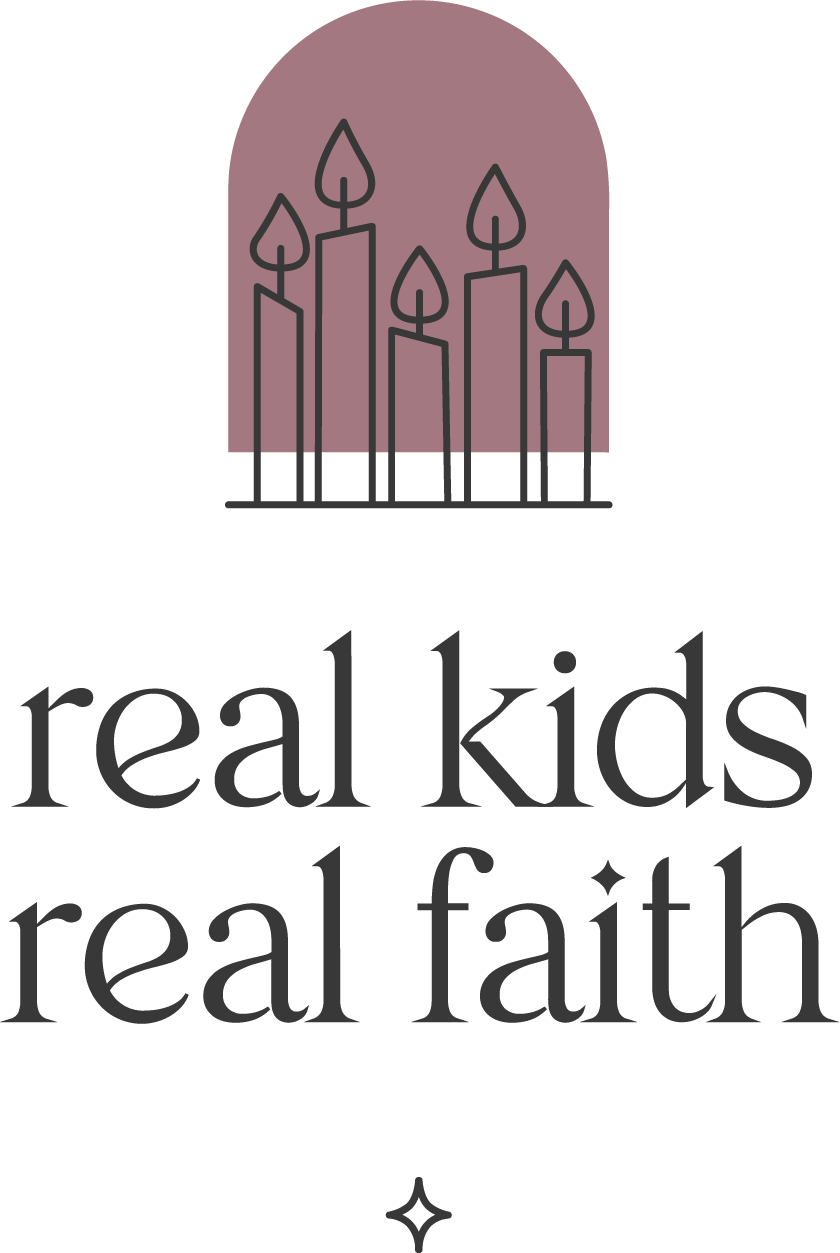For families in Minneapolis and across the nation, the excitement of a new school year has been disrupted by tragedy. A shooting at Annunciation Catholic School has left two students dead and 17 other children and adults injured. Such events frighten children and raise questions for parents and caregivers about how to help kids feel safe at school.
How children initially react to this shooting may be influenced by their exposure to news about the event, their past experiences, and the ways they typically deal with adversity. Adults need to take these aspects into account when interacting with kids. It might be tempting to hope that kids won’t actually hear about the event or feel affected by it. However, experts agree that it is preferable to address significant events with children because otherwise, they may think it isn’t acceptable to talk about their fears.
One way to start a conversation might be to share some ways that leaders are responding to the news. You might tell children that the President has ordered that all federal offices fly the American flag at half mast as a sign of mourning. Or share the words of Minnesota Governor Tim Walz, who has said, “We will not step away, we’ll stand with this community.” This information helps kids see that they are not alone in feeling affected by what happened and that communities and nations come together in times of tragedy.
Another helpful response is to acknowledge children’s feelings and support them as they process the news emotionally. Ask them what they have heard and how they feel about that information. If they have difficulty identifying their feelings, guide them in a body scan where they notice sensations in their body that might be clues to their emotional responses. Perhaps they have an upset stomach, or their shoulders and neck feel tight, or they have a headache. These can be signs of stress, anxiety, and/or fear.
Invite kids to ask questions, even though you will not have all the answers. Children may worry that parents and caregivers will be upset if they ask about the shooting. Inviting questions gives permission for kids to share what’s on their minds. You might also name some of your own questions to ‘normalize’ the desire to learn more about what has happened. Then work together to gather information and/or reflect on possible answers. And when you don’t feel that there is an answer, acknowledge the frustration and pain this may cause.
Alongside these approaches, reassure children that you and others are doing specific things to help keep them safe. Talk about the policies and procedures in place at their school. Identify the many community helpers and what they do to take care of people. And if there are laws or community practices that you think can be improved, share things that you and your child can do to encourage change.

Comments